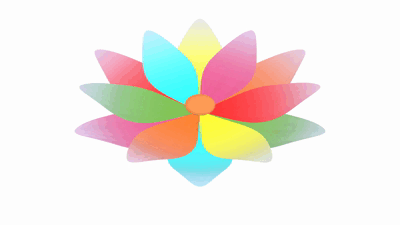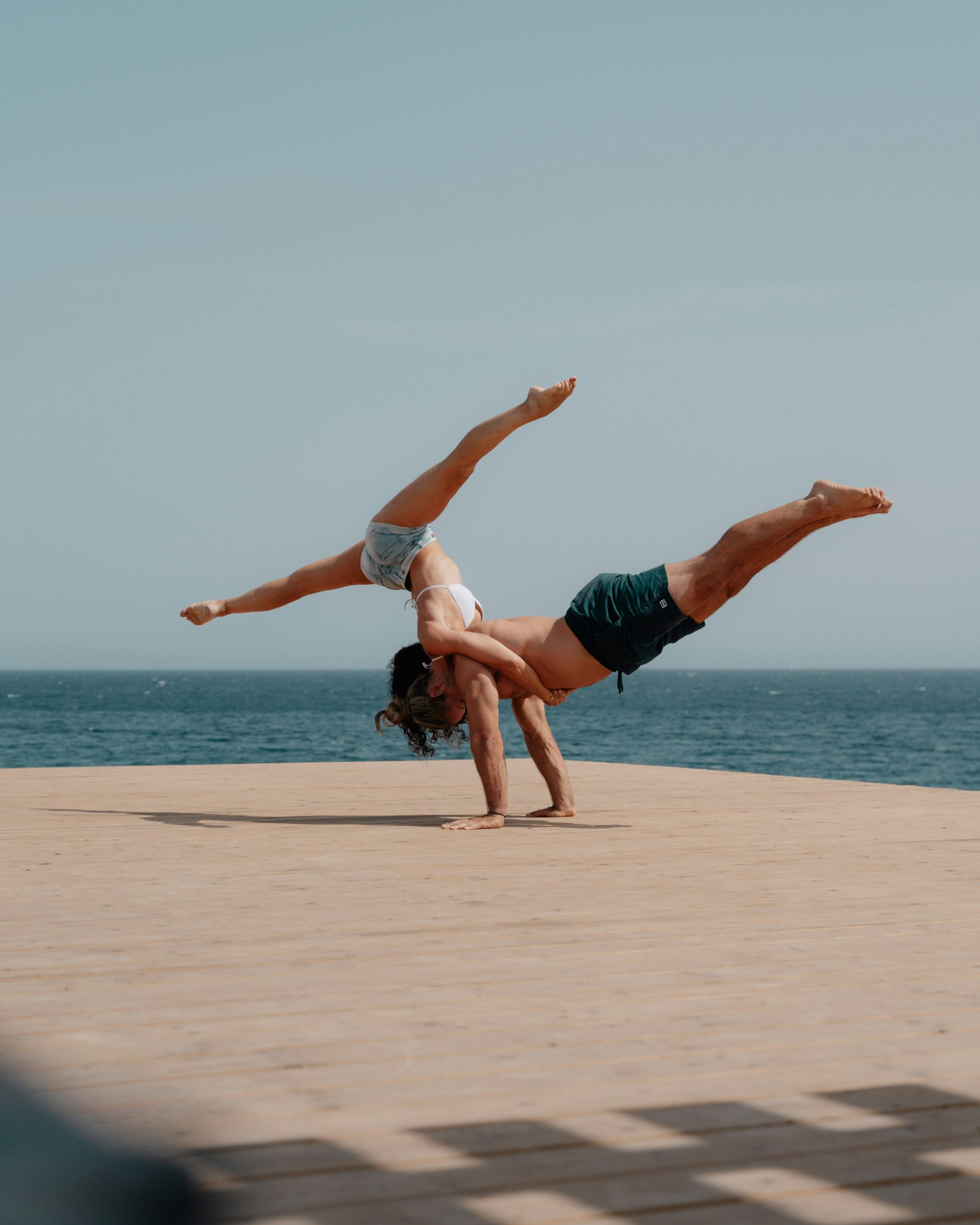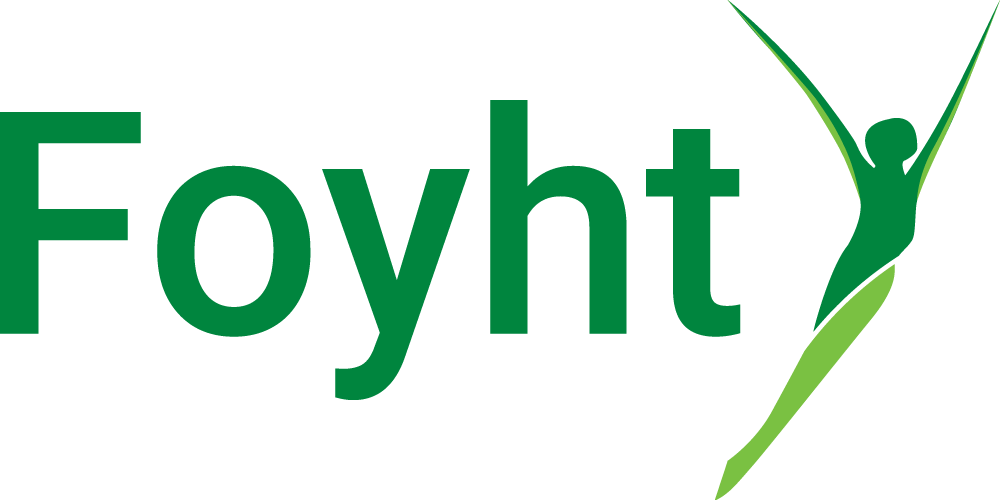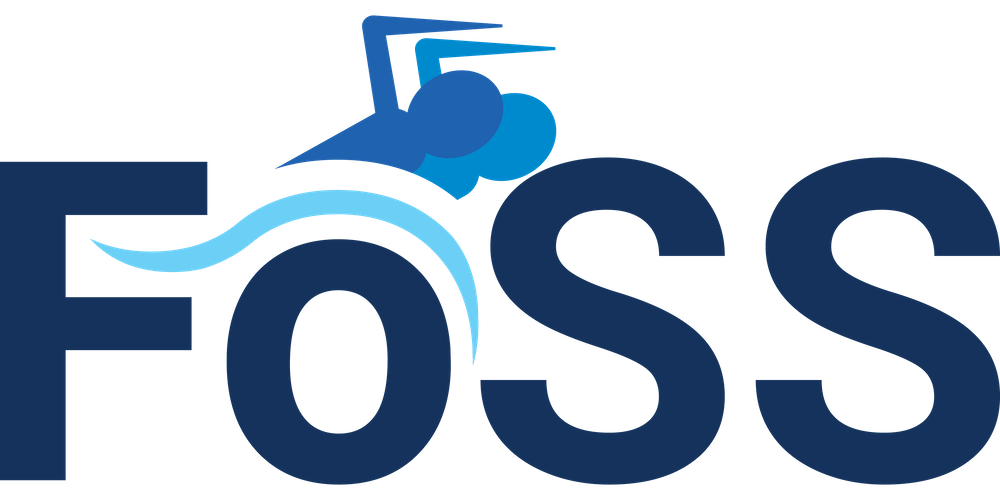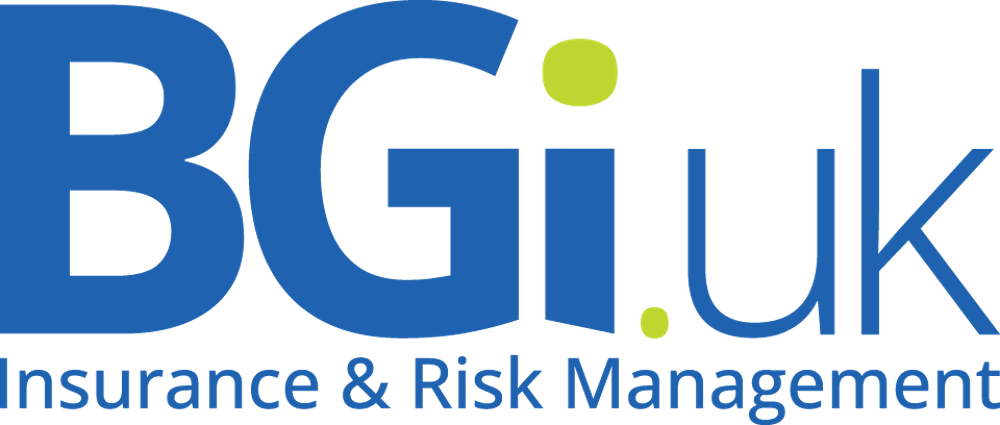Core strength is the ability to move the torso activating and contracting the core muscles (of which there are quite a few other than abs).
Core stability is the ability to generate static resistance to unwanted movement. Think of it simply as the difference between a sit-up and holding a plank.
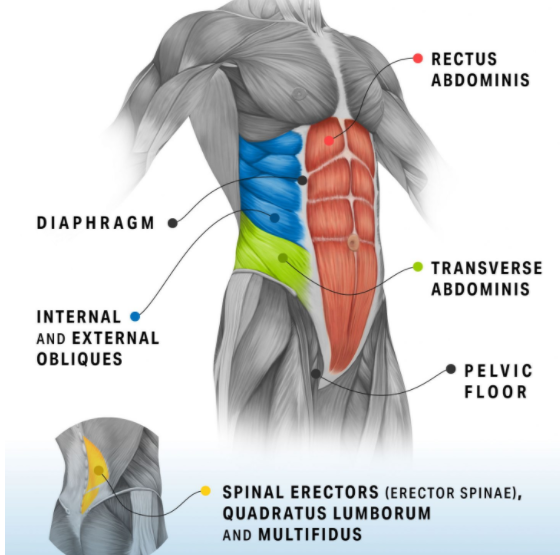
But there is a deeper layer to both strength and stability, beyond just muscle power. Infrastructure – the alignment of your spine, pelvis, ribs and shoulders.
The efficiency of all these core muscles will be affected by the alignment (and stability) of the bones and joints that anchor these muscles to your skeleton.
With nearly all my patients, I test their spinal stability by lightly pushing with one finger at areas I suspect are misaligned in their spine. If they sway or loose balance, then this area of their spine is in an unstable, i.e. unable to support their body against gravity. If we were all astronauts in space it wouldn’t be a problem – but we’re not.
For day to day life, core stability is the key for without it, the muscles are working overtime to compensate, This is why simple tasks like light gardening, housework or picking up your slippers cause your back to twinge.
The image below on the left depicts a typical posture we see in our clinic (not a patient). It is how the body stands if fully relaxed. The image on the right is how the body should stand if fully relaxed – with minimal muscular effort to hold a neutral posture. This depends on correct alignment of the spine, pelvis, legs and shoulders. Walking, running and most daily tasks become much harde work with poor stability. Hence, the reason for fatigue setting in quickly for many.
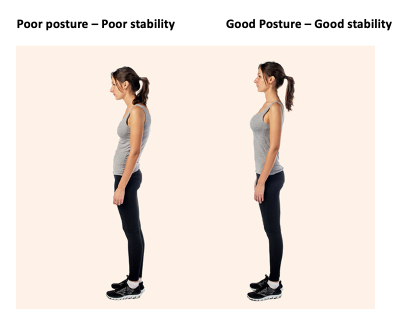
The good news is that using Advanced Biostructural Correction (ABC), we can stabilise the body by correcting the joints that your body cannot self correct, and allow the body to function more optimally.
